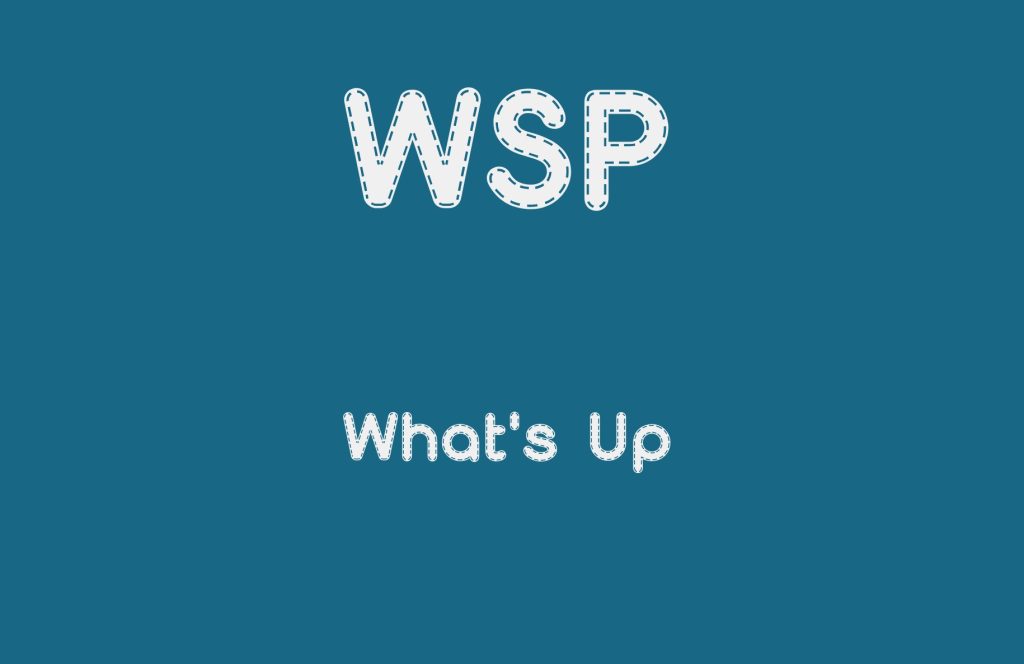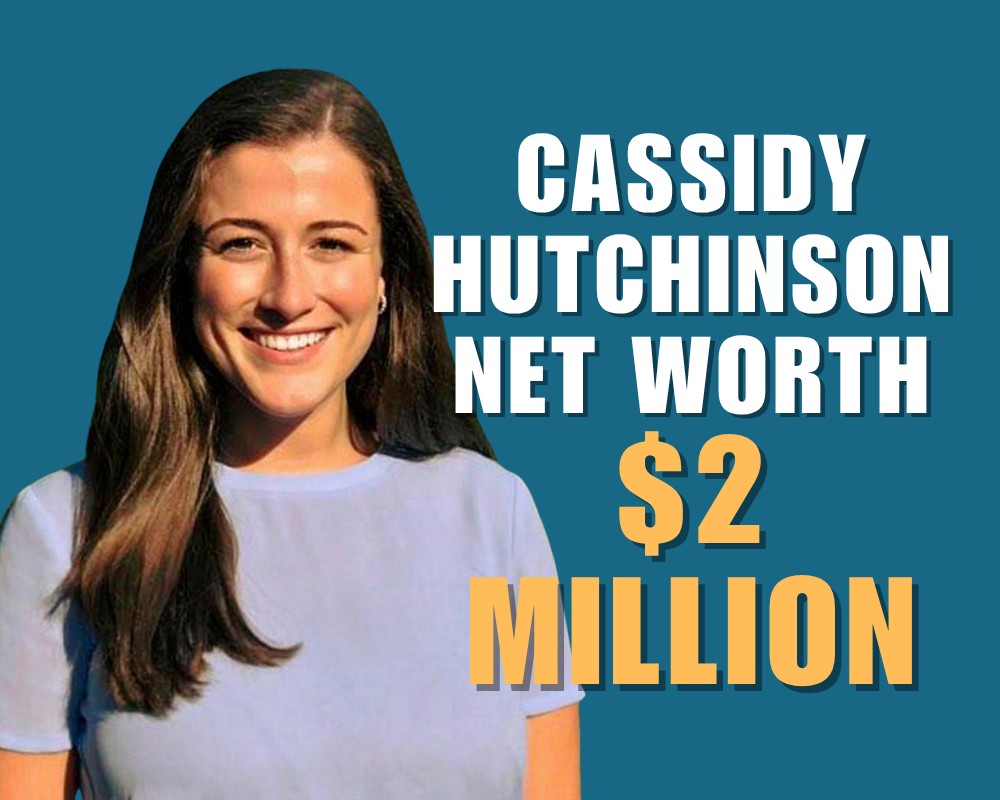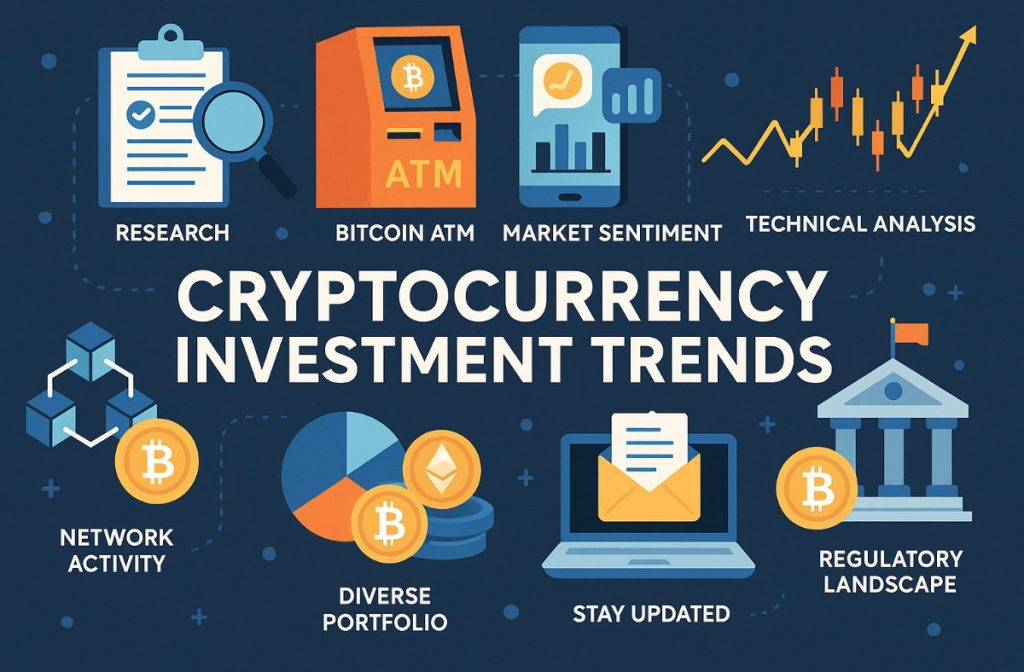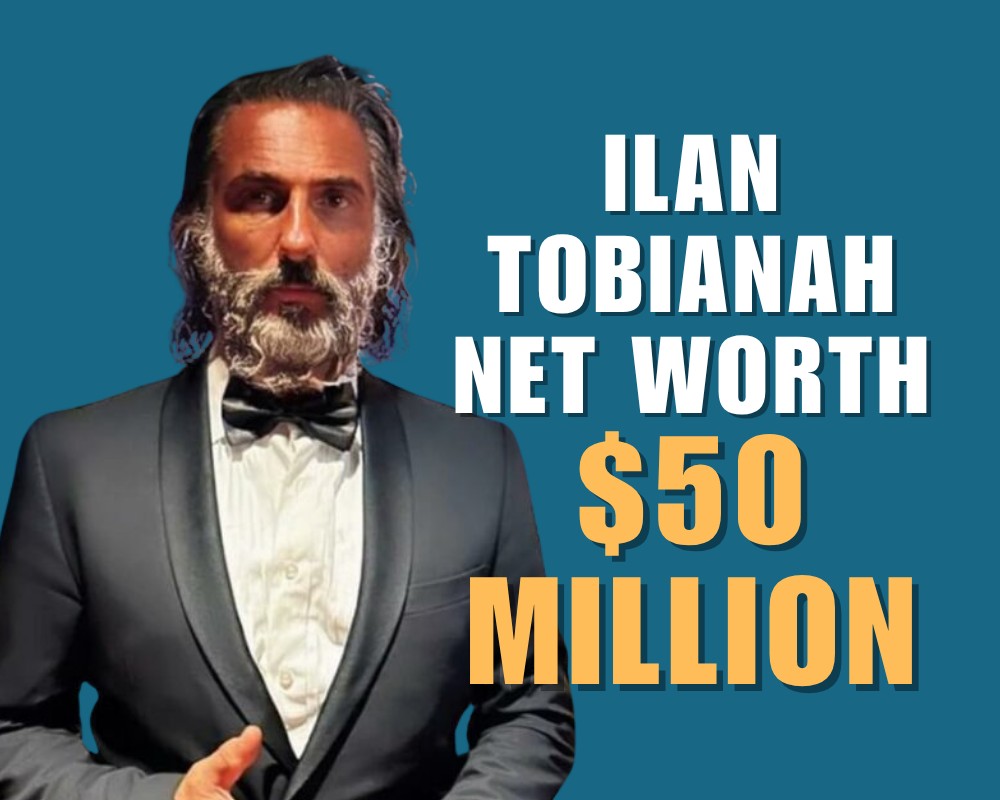Texting has transformed the way we communicate. It’s quick, convenient, and often filled with abbreviations and slang that make conversations shorter and more casual. One abbreviation you’ve likely come across is WSP.
In texting, the most common meaning of WSP is “What’s up?” It’s a friendly and informal way to greet someone or ask how they’re doing.
When someone sends you “WSP,” they are usually trying to start a conversation. It’s like saying “Hi” but with a little more curiosity about what’s going on in your life. For example:
- Friend: “WSP?”
- You: “Not much, just hanging out. WBU?”
In this exchange, “WBU” stands for “What about you?” As you can see, WSP is short, simple, and gets straight to the point. It’s perfect for casual conversations where you don’t want to sound too formal or serious.
How to Use WSP in Texting and Social Media
The abbreviation WSP has become a staple in digital communication, especially among younger generations. Whether you’re texting a friend or engaging on social media platforms, WSP is a versatile and casual way to start a conversation. Understanding how to use it effectively can make your interactions smoother and more relatable.
Let’s look at the different ways you can incorporate WSP into your texting and social media habits.
Using WSP in Texting
Texting is one of the most common places where WSP shows up. It’s quick, easy to type, and perfect for casual conversations. Here’s how you can use it effectively:
Start a Conversation
WSP is often used as an icebreaker. If you haven’t spoken to someone in a while or just want to check in, sending “WSP?” is a great way to initiate a chat. For example:
Example 1:
- You: “WSP?”
Friend: “Not much, just relaxing at home. You?”
Example 2:
- You: “Hey! WSP?”
Friend: “Just got back from the gym. What about you?”
WSP works well because it’s open-ended, encouraging the other person to share what they’re up to.
Check In
If you want to casually ask how someone is doing, WSP is a friendly alternative to “How are you?” It feels less formal and more conversational:
- You: “Hey, WSP? Haven’t heard from you in a while.”
- Friend: “Hey! I’ve been busy with school. How about you?”
Using WSP on Social Media
Social media platforms like Instagram, Snapchat, TikTok, and Twitter are hotspots for abbreviations like WSP. It’s commonly used in direct messages (DMs), comments, or even posts. Here’s how you can incorporate it into your social media interactions:
In Direct Messages (DMs)
On platforms like Instagram or Snapchat, people often use WSP to start private conversations:
- You: “WSP? Haven’t seen you post in a while!”
- Friend: “Hey! Yeah, I’ve been taking a break from social media.”
DMs are typically informal spaces where abbreviations like WSP feel natural and relatable.
In Comments
While less common than in DMs, WSP can also appear in comments when engaging with friends’ posts:
- On a friend’s vacation photo: “WSP? Looks like you’re having an amazing time!”
- On a new profile picture: “WSP? Haven’t seen this side of you before!”
On TikTok or Snapchat Stories
Platforms like TikTok and Snapchat encourage real-time interactions through stories or short videos. You might see someone post a story with text like:
- “Bored at home…WSP?” It invites followers to reply and engage directly.
Group Chats
In group chats on apps like WhatsApp or Facebook Messenger, WSP can be used as a casual way to involve everyone:
- “WSP everyone? Any plans for the weekend?” It helps kickstart group discussions without sounding too formal.
As a Hashtag or Caption
Some people use WSP creatively as part of hashtags or captions:
- On Instagram: “#WSPwithLife” under a selfie.
How to Respond to WSP?

When someone texts you “WSP,” how you respond depends on your mood, what you’re doing at the moment, and your relationship with the person. There isn’t a one-size-fits-all reply because WSP is such an open-ended question. Here are some ideas to help you craft the perfect response:
Basic Responses
If you want to keep it simple:
- “Not much, you?” – One of the most common replies.
- “Hey! Just chilling.” – A casual response that works in most situations.
- “Nothing much, what about you?” – Slightly longer but still easygoing.
These responses show that you’re interested in continuing the conversation without putting too much effort into it.
Detailed Responses
If you want to add more detail or share what’s going on in your life:
- “Just got back from school/work. What about you?” – A good way to share something specific.
- “Busy with homework right now. What’s up with you?” – Lets them know what you’re doing while keeping the conversation alive.
- “I’m at the mall shopping for some new clothes!” – Adds personality and invites further discussion.
As you can imagine, details can make the conversation more engaging and give them something to respond to.
Playful Responses
If you’re feeling playful or flirty:
- “Why do you ask? 😏” – Teases them a little.
- “Wouldn’t you like to know? 😜” – Keeps things lighthearted.
- “Oh, just plotting world domination.” – A humorous response that might make them laugh.
Playful replies are great for close friends or people you’re comfortable joking around with.
When You Don’t Feel Like Talking
Sometimes, you might not be in the mood for a long conversation:
- “Not much. You?” – Keeps it short without being rude.
- “Busy right now, talk later!” – Politely lets them know you’re unavailable.
- “Just relaxing.” – A neutral response that doesn’t invite much follow-up.
Other Meanings of WSP
While most people associate WSP with “What’s up?” in texting, it can have other meanings depending on context. Some of these meanings are used in professional settings, specific locations, or even pop culture references.
Professional or Technical Meanings
- Water and Sanitation Program:
In international development circles, WSP refers to a World Bank initiative focused on improving access to clean water and sanitation in developing countries. - Wireless Session Protocol:
In technology and telecommunications, WSP is a protocol used for mobile internet browsing. - WSP Global Inc.:
A a multinational engineering consulting firm that provides services in infrastructure design, environmental studies, and urban planning.
These meanings are far removed from texting slang but are important in their respective fields.
Geographical Meanings
- Washington State Patrol:
In Washington State (USA), WSP refers to the state’s law enforcement agency responsible for highway safety and criminal investigations. - Washington Square Park:
Located in New York City’s Greenwich Village neighborhood, this park is often abbreviated as WSP by locals and tourists alike. - Westport Amtrak Station (WSP):
In train travel contexts within Washington State, WSP serves as an official station code.
If someone mentions WSP in these contexts, they’re likely not referring to “What’s up?”
Pop Culture References
- Widespread Panic:
Fans of rock music might recognize Widespread Panic as an American jam band known for its improvisational performances. - What’s Poppin’:
Another slang term similar to “What’s up?”, often abbreviated as WSP by some users online or in text messages.
Origin of WSP
The abbreviation WSP didn’t appear out of nowhere, it evolved naturally as part of modern communication trends. To understand its origin better, let’s look at where it came from:
The Rise of Texting Slang
Texting slang has been around since mobile phones became popular in the 1990s and early 2000s. Back then, character limits on text messages made abbreviations essential for saving space. Instead of writing full sentences like “What are you doing?”, people began shortening phrases into acronyms like “WYD.”
Similarly, “What’s up?” was shortened over time into simpler forms like “Sup?” or eventually “WSP.” As smartphones became more common and messaging apps like WhatsApp gained popularity worldwide, abbreviations like these became even more widespread (pun intended!).
Pop Culture Influence
The phrase “What’s up?” itself became iconic thanks to pop culture moments like Budweiser’s famous “Whassup?” commercials from the late 1990s and early 2000s. These ads made the phrase synonymous with casual greetings among friends, and naturally led to its shortened forms in texting culture.
Alternatives to WSP
If you’re looking for variety or want something different from WSP while keeping your tone casual, here are some great alternatives:
- “How’s it going?”
- “What’s new?”
- “How are things?”
- “Yo!”
- “Sup?”
Each option serves the same purpose as WSP but adds its own flavor depending on your mood or style of communication!





